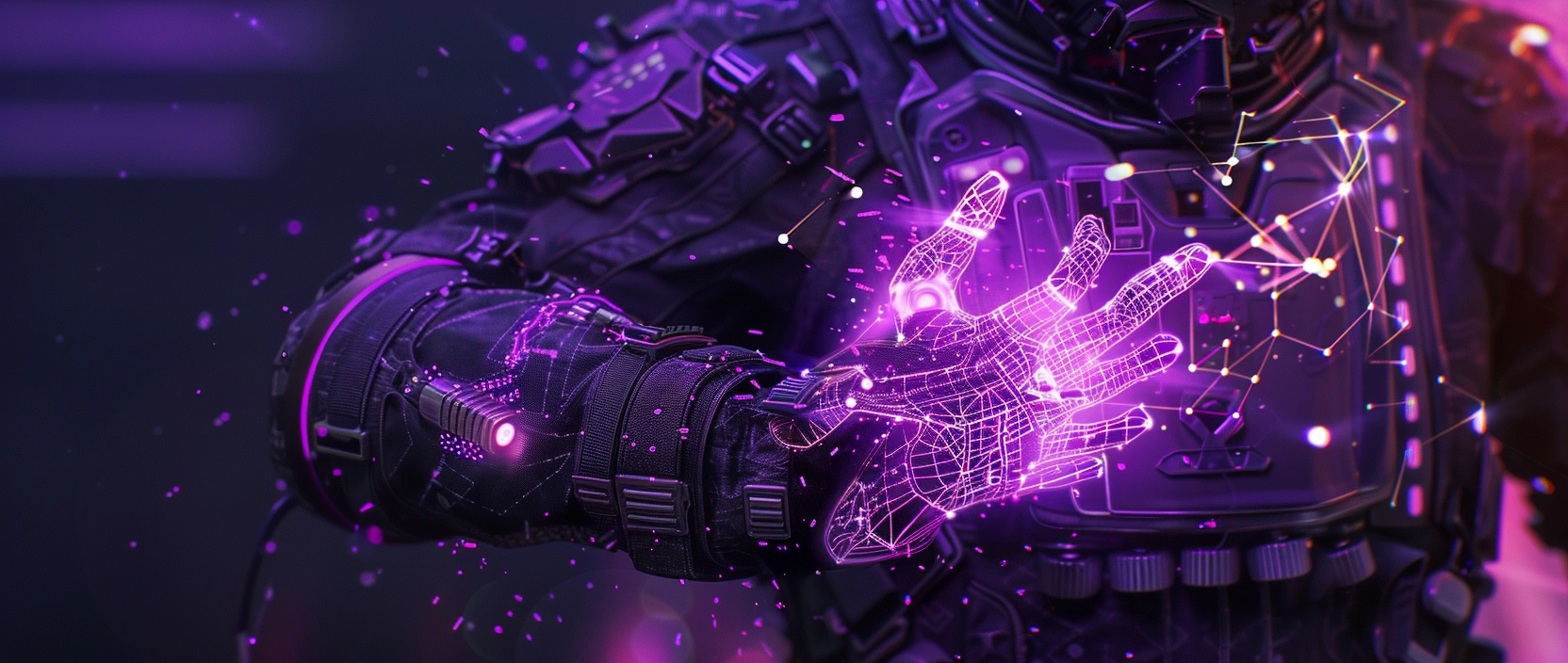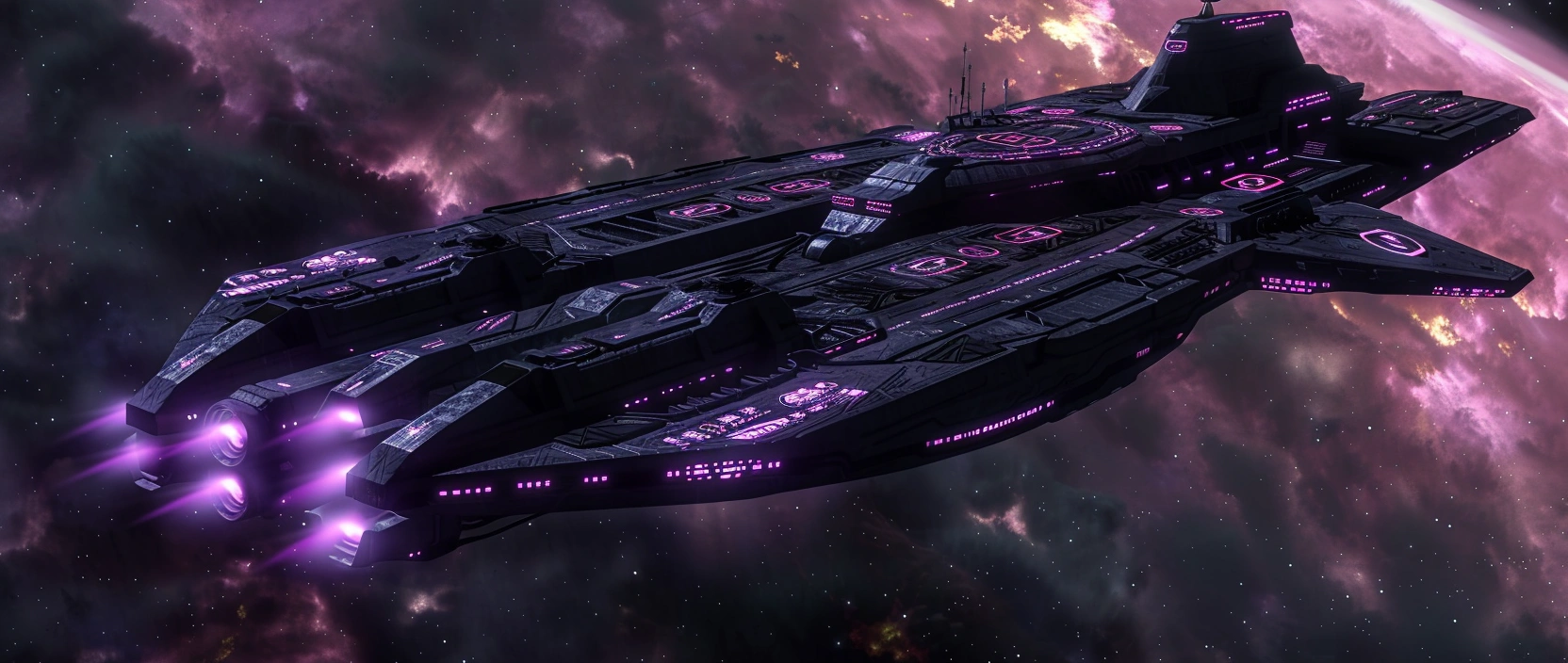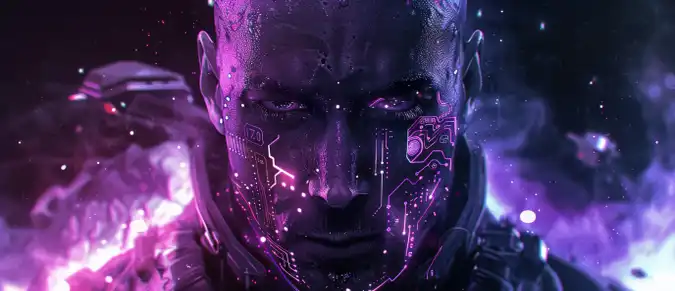Rise of Stars (ROS) is a cosmic 4X strategy game with integrated blockchain technology, developed by LightCON and released on the Wemix platform. The project combines interstellar battles, resource-driven progression, economic systems, and digital assets in the form of tokens and NFTs. Despite the shutdown of its service in 2024, the game left a notable mark on the GameFi sector thanks to its blend of deep strategy and asset ownership mechanics. This article explores the core ideas behind ROS, its technological framework, in-game economy, and its broader impact on the blockchain gaming industry.
Contents
- Concept and Setting of Rise of Stars
- Technological Foundation and Game Architecture
- Gameplay Mechanics and Internal Structure
- Economic Model, Tokens, and NFTs
- Potential, Risks, and Significance of the Project
- Conclusion

1. Concept and Setting of Rise of Stars
Rise of Stars is positioned as a mobile sci-fi strategy game set in deep space. The player takes on the role of an admiral commanding a fleet of starships, managing a base and infrastructure, exploring galactic sectors, gathering resources, and competing for dominance. The game’s setting revolves around alliance conflicts, territorial expansion, the search for new regions, and the strengthening of one's interstellar empire. Additional depth comes from the galaxy’s layered structure: each location features unique characteristics that influence strategic decisions. Players face constant competition for planets, giving the world a dynamic and living feel. Ongoing rivalries create an atmosphere where every decision can shift the course of empire development. As a result, ROS maintains tension and encourages thoughtful tactical play.
The ROS universe is built around classic 4X principles — Explore, Expand, Exploit, Exterminate. Each component supports the others: exploration helps find resources and vulnerabilities, expansion boosts the economy, and controlled exploitation funds military campaigns. The developers paid close attention to visual detail, crafting ships and planets that reinforce a sense of vast interstellar conflict. The unique art style makes ships instantly recognizable, while the interface remains intuitive. The galaxy’s architecture is designed so players can feel its scale even on mobile devices. Early updates regularly introduced new sectors, missions, and events. All of this helped players sense the growing universe as they progressed.
Despite its strategic foundation, the game integrates asset ownership mechanics, allowing players to manage unique digital items — from ships to mining structures. This creates a direct connection between gameplay progress and real economic value, typical of GameFi projects. Crafting NFT ships becomes part of the player’s identity, shaping their personal playstyle. The ability to trade and exchange assets enhances the motivation to progress. ROS demonstrates how traditional gameplay can transition into economic activity. This makes every hour invested meaningful both in-game and in the digital ecosystem.
2. Technological Foundation and Game Architecture
Rise of Stars is built on the Wemix blockchain platform, which supports NFT assets and digital currency. Integrating blockchain technology allowed developers to establish a transparent and secure system for tracking resources, battle units, and transactions. The game’s infrastructure united the mobile client, data-processing servers, and a decentralized ledger responsible for storing essential gameplay data. This approach enhanced security while providing users with confidence in the authenticity and safety of their assets. The technological base enabled scalable functionality without major reworks to the system’s core. In addition, Wemix offered stable transaction processing even under heavy load. These features made ROS technologically competitive within the GameFi space.
Key technological components of ROS included:
- Wemix Blockchain — the primary platform for minting and storing tokens and NFTs;
- Silthereum System — an in-game resource that could be converted;
- iOS/Android Mobile Client — the interface for fleet and base management;
- LightCON Server Architecture — enabled responsive multiplayer interactions;
- Secure Asset Exchange — tools for safe transactions within the game ecosystem.
The game’s modular structure simplified the introduction of new features, expansions, and events. Developers could scale the project, improve performance, and add new ship types and mechanics. Thanks to the combination of a mobile client and blockchain backend, ROS occupied a niche of complex yet accessible strategy games enhanced by digital asset ownership. This structural synergy ensured stability even during massive PvP battles. The technological foundation offered flexibility and adaptability to evolving market demands. ROS stood as an example of how a mobile strategy game can effectively leverage Web3 infrastructure.
3. Gameplay Mechanics and Internal Structure of Rise of Stars
The gameplay structure of Rise of Stars revolves around three core pillars: resource extraction, infrastructure construction, and tactical combat. These systems together formed a cohesive gameplay loop where players balanced strategic planning, fleet management, and territorial control. Each mechanic influenced the economic and military power of the admiral. Notably, these mechanics created distinct strategic identities — some players focused on military dominance, while others preferred strong economic development. This encouraged diverse playstyles and long-term progression paths. Interaction with other players contributed to a dynamic gameplay environment. Competition kept engagement high and drove players to evolve their strategies.
| Mechanic | Description |
|---|---|
| Mining | Capturing resource points and extracting Mineral, Trion Gas, Silther Particle |
| Sites | Building bases, upgrading infrastructure, and creating production chains |
| Battle | PvE missions and real-time PvP battles |
| Fleet Management | Forming fleets of four ship types, upgrading and customizing units |
| Alliance Warfare | Large-scale alliance wars, coordinated attacks, and territorial defense |
Players could create unique fleet compositions, build specialized strike groups, and enhance each ship tier by tier. Constant conflict made ROS highly dynamic, and competition for resources turned the galaxy into a continually evolving environment. Battles relied on a balance of tactics and fleet strength, giving players freedom to experiment. Alliance participation opened opportunities for coordinated warfare and mutual defense. This system encouraged teamwork and long-term community building. ROS maintained gameplay depth that appealed even to experienced strategy fans.

4. Economic Model, Tokens, and NFTs
The ROS economy was centered around the Silthereum token, a key in-game resource. It was earned through gameplay activities and could be exchanged, used for upgrades, or applied in asset trading. NFT items — ships, bases, and enhancements — could hold real market value thanks to their uniqueness and demand within the game. This model motivated players to accumulate and upgrade rare assets. The Wemix marketplace ensured safe and transparent trading. The possibility of monetizing gameplay progress increased player engagement. ROS became not only a game but also a component of a broader digital economy.
The Play-to-Earn model allowed players to gain real-world value through their gameplay. Ownership of resources enabled trading, investment, and long-term development. Blockchain ensured transparency and asset protection at every stage. Players could fully control their holdings and make autonomous decisions regarding their economic strategies. Decentralization minimized the risk of asset loss. This created a sense of trust and long-term stability. ROS ultimately became an example of a hybrid economic system suited for Web3 environments.
However, the shutdown of ROS on the Wemix platform in February 2024 significantly impacted the project’s operational economy. Even so, ROS remains a strong case study in the integration of decentralized assets into a large-scale strategy game. Its shutdown underscored the importance of sustainable tokenomics and market balance. The lessons learned from ROS helped developers understand the challenges of maintaining economic stability in player-driven environments. Many future GameFi projects will likely benefit from these insights.
5. Potential, Risks, and Significance of the Project
Rise of Stars showcased how space strategy gameplay can merge with digital asset ecosystems. The project had strong potential thanks to large-scale battles, deep fleet progression, and competitive economic structures. It had the foundations to evolve into a full-fledged metaverse uniting players from around the world. Given the popularity of mobile strategy games, ROS could have significantly expanded its audience had the service continued. NFT ownership provided a unique advantage over traditional games. Blockchain integration created new forms of engagement. This positioned ROS as a promising GameFi initiative.
The main risks were tied to blockchain dependencies, regulatory issues, and the need for continuous feature development. The service shutdown demonstrated the importance of maintaining stability, sustainable tokenomics, and community support. The volatile nature of blockchain markets influenced token value and player behavior. Economic imbalance could lead to resource inflation or scarcity. Technical difficulties on the platform side could also undermine trust. Together, these challenges shaped the project’s risk profile.
Despite these challenges, ROS remains a reference point for Web3 game development. Its mechanics continue to inspire new projects. Fleet progression, base-building, and resource systems are frequently cited as foundational mechanics for upcoming GameFi titles. Even after its closure, ROS holds value as a research and development model. Its influence is likely to continue shaping future large-scale blockchain-powered games.
6. Conclusion
Rise of Stars is a project that successfully merged space strategy with blockchain-driven economics. The game delivered a vast universe, dynamic battles, deep fleet progression, and a full Play-to-Earn model. Despite its shutdown, ROS left a lasting impression on the GameFi industry and became a reference point for future projects seeking to combine strategy gameplay with decentralized digital asset ownership.
ROS remains an important example of how a mobile game can incorporate large-scale design and advanced economic systems. Its development path highlights which solutions are effective for long-term player retention. The project continues to inspire new concepts within Web3 gaming. Even after discontinuation, ROS contributes to the evolution of blockchain gaming and remains significant for its innovations.




